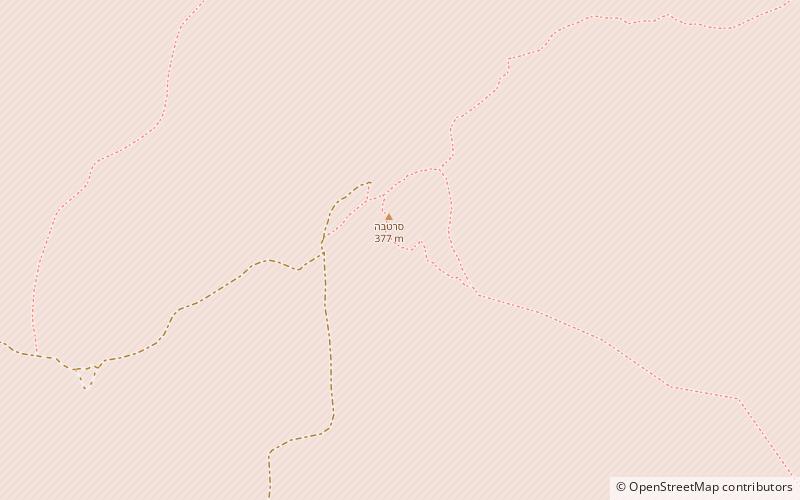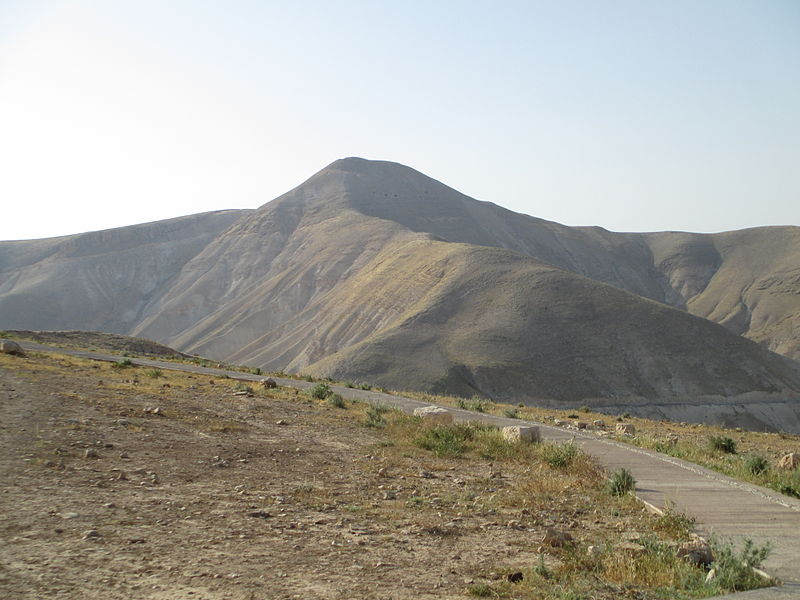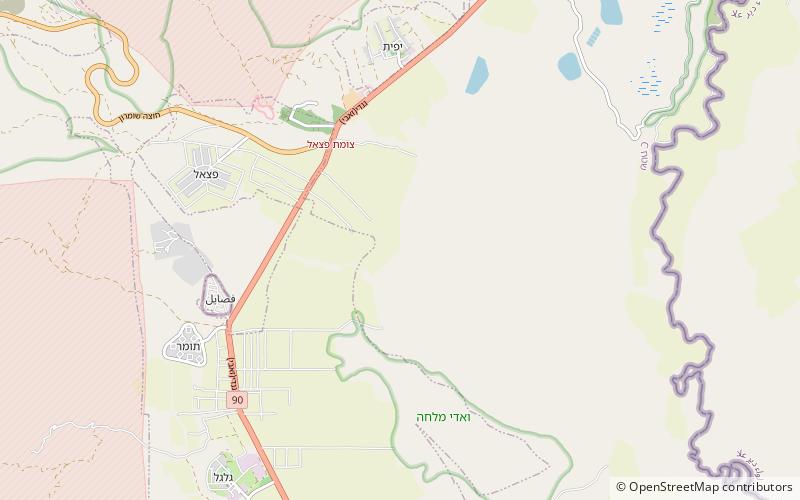Alexandrium


Facts and practical information
Alexandrium, also known as Sartaba, is a captivating archaeological site located in Israel, offering a window into the ancient past. This historical gem was once a Hasmonean fortress and later a Herodian palace, reflecting a rich tapestry of historical events and cultural significance.
Perched atop a mountain, Alexandrium provides a strategic vantage point that overlooks the Jordan Valley and the surrounding landscape. It served as a key military and administrative center during its time, playing a pivotal role in the regional power dynamics. The site's name is believed to be derived from Alexander Jannaeus, a Hasmonean king who reigned from 103 to 76 BCE.
The remnants of Alexandrium are an archaeologist's treasure trove, with ruins that tell stories of grandeur and conflict. Among the ruins, one can find the remains of a luxurious palace, complete with bathhouses and elaborate mosaics, reflecting the wealth and opulence of its former inhabitants. The site also features a formidable fortress, with walls and towers that illustrate the strategic importance of this location in ancient times.
Excavations at Alexandrium have unearthed a variety of artifacts, ranging from pottery to coins, providing valuable insights into the daily lives and economic conditions of its inhabitants. These discoveries contribute to our understanding of the region's history, from the Hasmonean dynasty through the Roman occupation and beyond.
Today, Alexandrium stands as a testament to the historical significance of the region. It attracts scholars, history enthusiasts, and tourists alike, who come to explore its ruins and absorb the ancient atmosphere that still lingers among the stones. The site's elevated position also offers breathtaking views of the surrounding countryside, making it a picturesque destination for those seeking to combine historical exploration with natural beauty.
West Bank
Alexandrium – popular in the area (distance from the attraction)
Nearby attractions include: Gilgal I.

